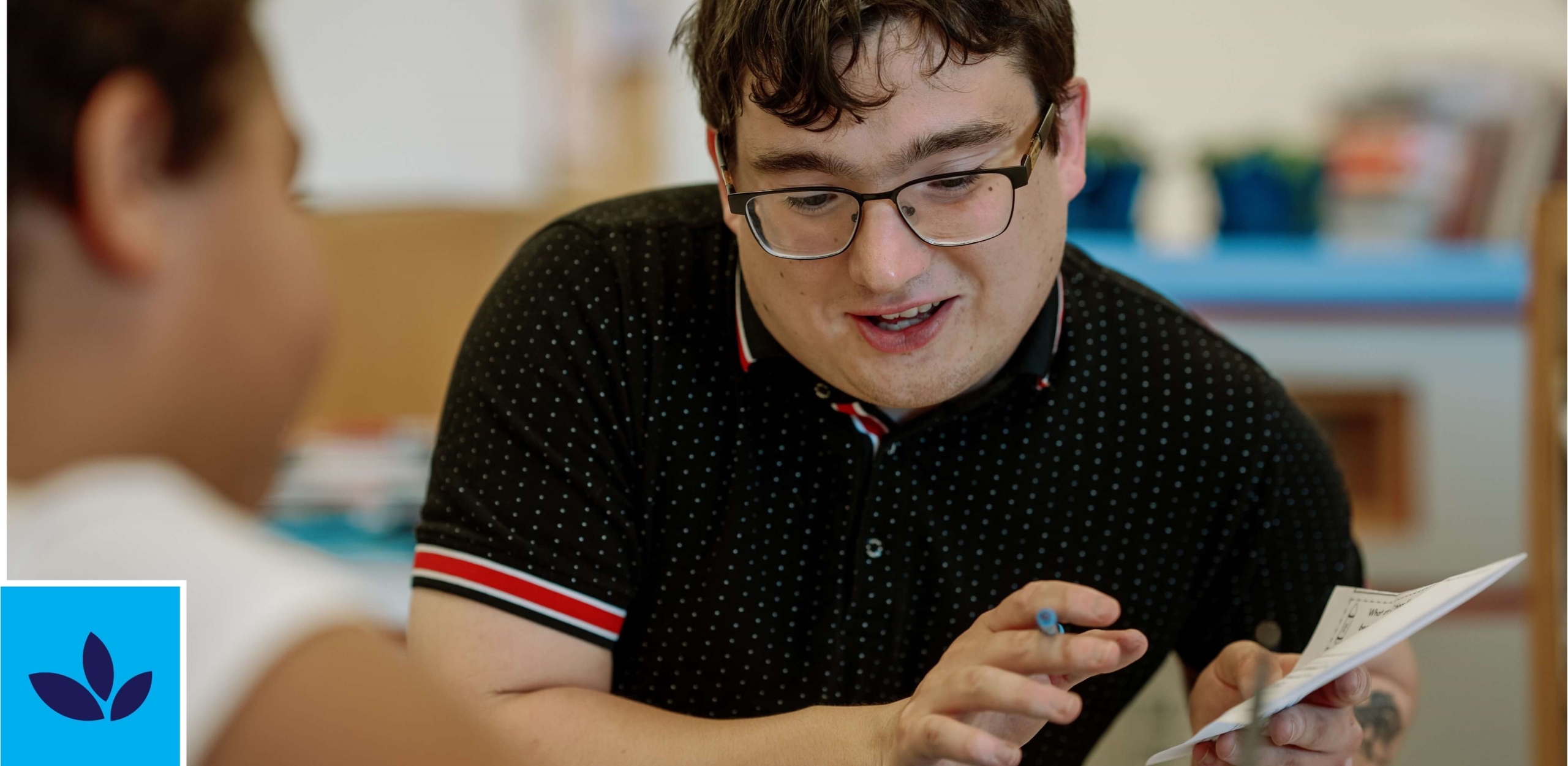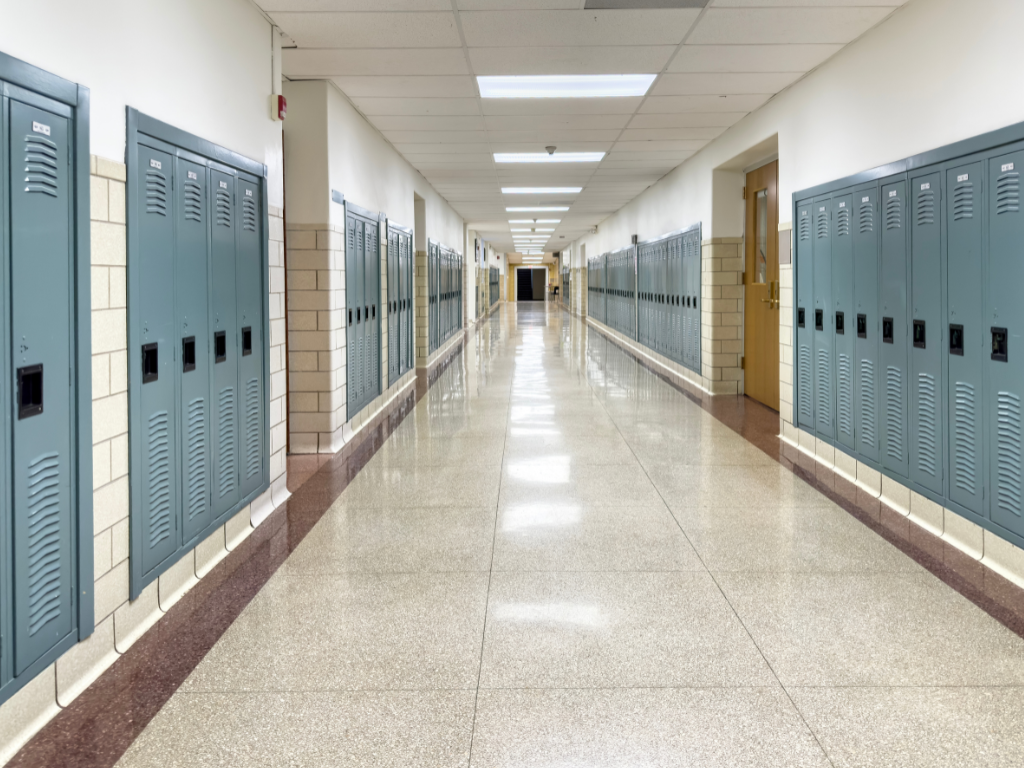Is That Your Mindset Showing? Getting in the Right Frame of Mind to Tackle Achievement Gaps
Downey et al. (2009) described the persistent and chronic nature of achievement gaps in our educational system as “the most complex and compelling educational dilemma facing schools in the 21st century.” Since the passage of NCLB in 2001—a law designed to address decades of inequality—very little progress has been made to close gaps between white, typically-abled students and their historically underserved peers: students of color, English learners, students with disabilities, and those in low socioeconomic circumstances.
Tackling this time-worn challenge requires us to move beyond single-solution approaches. Achievement gaps are multi-causal and multidimensional problems that demand complex, interconnected solutions. Only when applied simultaneously will these solutions yield results greater than the sum of their parts.
Leadership Institute Insights
At Catapult Learning’s annual Leadership Institute, participants explored the theme “Home Grown Excellence – Growth Mindset as a Catalyst for Organizational Change.” Educational leaders examined how to unlock fixed mindsets, improve student outcomes, and promote sustainability within their organizations.
My presentation with Debbie Whitfill, Catapult Learning’s Executive Director of School Partnerships, focused on narrowing achievement gaps by cultivating urgency and action. We explored strategies to accelerate learning and improve outcomes for underserved students. Below are some of the key takeaways:
Key Areas for Addressing Achievement Gaps
1. Cultivate a Growth Mindset
A school’s culture is shaped by its collective habits, rituals, and traditions. In environments where fixed mindsets prevail, there is little belief in students’ ability to grow and succeed. By fostering a growth mindset supported by research on neuroscience and brain elasticity, schools can create conditions for students to experience accelerated growth, confidence, and self-belief.
2. Develop a Focused Curriculum
The curriculum serves as the academic glue of a learning organization. Schools must align the concepts and skills taught with those tested to achieve successful outcomes. High-stakes assessments define performance benchmarks, so aligning the written, taught, and tested curriculum ensures clarity and focus for both teachers and students.
3. Prioritize Mastery Learning
Outcome-oriented learning begins with clear objectives. Lessons should articulate expected outcomes, the depth of knowledge required, and the anticipated degree of mastery. Catapult Learning’s research-based instructional model provides a framework to maximize academic learning time and build student independence through a gradual release of responsibility.
4. Align Supplementary Programs with the Curriculum
For students who are already behind, it’s critical to align interventions and supplementary programs with the core curriculum. Small-group instruction, intervention blocks, and multi-tiered systems of support should use research-based methods to address students’ specific needs. Regular assessments ensure the effectiveness of these programs and provide opportunities for improvement.
Conclusion
Schools play a vital role in addressing patterns of privilege and inequality. By focusing on fostering a growth mindset, aligning curriculum, prioritizing mastery learning, and supporting struggling students, schools can create conditions for all students to thrive. While the work is challenging, it holds the promise of transforming schools into places of equity, opportunity, and success.
Additional Resources
- Blankstein, Alan M., Pedro Noguera, Lorena Kelly, and Desmond Tutu. (2015). Excellence through Equity: Five Principles of Courageous Leadership to Guide Achievement for Every Student.
- Dweck, Carol S. (2010). “Mind Sets and Equitable Education.” Principal Leadership.
- Fisher, C. W., & Berliner, D. C. (1985). Perspectives on Instructional Time.
- Fisher, D., & Frey, N. (2008). Better Learning through Structured Teaching: A Framework for the Gradual Release of Responsibility.
- Ladson-Billings, Gloria. (2007). “From the Achievement Gap to the Education Debt.” Urban Sites Network Conference, Washington, DC.


